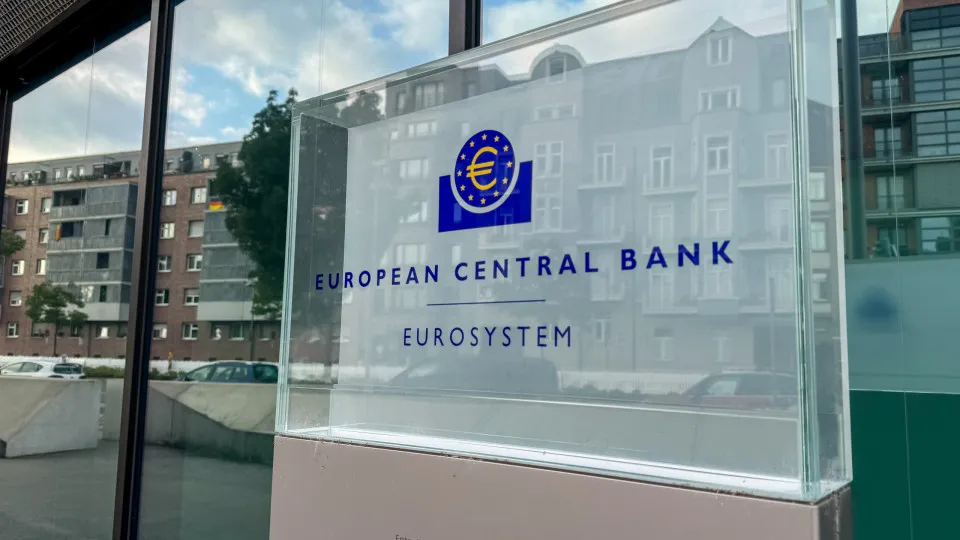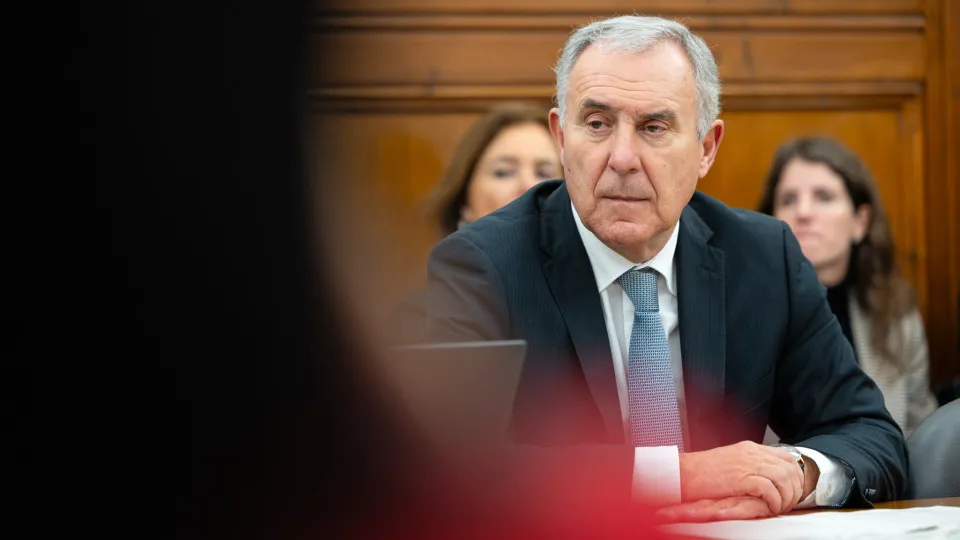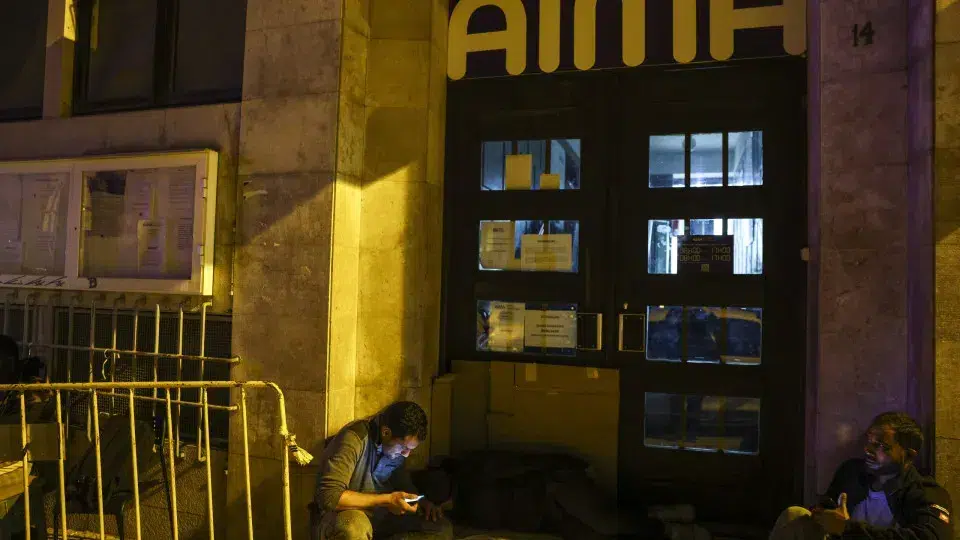
The European Central Bank (ECB) is expected to maintain its key interest rates this Thursday for the third consecutive monetary policy meeting, amid controlled inflation, as its president avoids focusing on the French case.
“At this point, we are in a good position and well-prepared to face future shocks,” stated Christine Lagarde in mid-October, during the International Monetary Fund (IMF) annual meeting in Washington.
This is the message the markets are anticipating. No surprises, no change of direction.
Almost all observers expect the ECB to keep the deposit rate, which serves as a benchmark, at 2.0%, as it has been since July.
This makes “the ECB meeting seem quite monotonous: a time for monitoring instead of action, with cautious comments on growth and inflation,” explains Michel Martinez, chief economist for Europe at Société Générale.
Economically, the ECB can partly breathe a sigh of relief.
Despite the ongoing heavy geopolitical climate, with the Russian invasion of Ukraine showing no sign of ending, “the ECB is currently operating in a relatively comfortable economic context,” explains Felix Schmidt, an economist at Berenberg.
Following two years of successive rate cuts, the ECB is benefiting from inflation that fell from 10.6% in 2022, during the period of increasing energy prices linked to the war in Ukraine, to levels close to 2% in recent months, nearing the institution’s target.
The ECB’s scenario, which forecasts the indicator dropping to 1.7% by 2026, remains valid, according to observers.
However, in terms of economic growth, the outlook is bleaker.
The figures expected for the eurozone on Thursday should show “almost zero growth in the Gross Domestic Product (GDP) for the third quarter,” undermined by “tariff shocks” particularly impacting Ireland, a country heavily exporting to the United States, and “political uncertainty in France, stifling demand” and delaying investment decisions, according to Martinez.
In Germany, the stalling engine of the eurozone, the recovery plan approved by Friedrich Merz’s government “will only impact growth and inflation from 2026 onwards,” adds the economist.
Nonetheless, the ECB relies on the resilience of the labor market and the strength of services to sustain activity in the coming months.
For now, the central bank still forecasts a growth of 1.2% in the eurozone in 2025, 1.0% in 2026, and 1.3% in 2027.
While patience is the order of the day, the key question remains about future easing.
“The ECB’s rate-cutting cycle is not necessarily concluded,” warns Ulrike Kastens, chief economist at DWS.
The monetary status quo could still last a few months before an expected downward movement “in March 2026,” according to Martinez, when inflation should “fall significantly below 2%, driven by the delayed decline in energy prices and the strength of the euro.”
Attention will also turn to Paris.
Amid a political balancing act, budget uncertainty, and tensions over debt, the spread between French and German debt interest rates, the benchmark, reached its highest level in several years.
Lagarde “should avoid commenting on the individual case of France,” believes Martinez, to avert any speculation about intervention in the bond markets, despite heated debates in Paris.
But without entirely avoiding media questions, the former French Economy Minister is expected to “express confidence that decision-makers will try to reduce uncertainty as much as possible and will meet their budgetary commitments with Europe,” he concludes.




